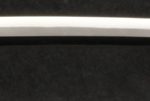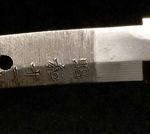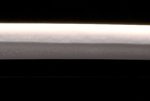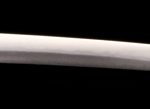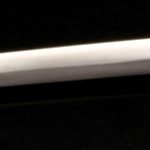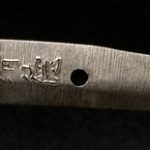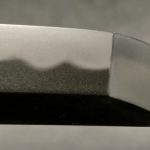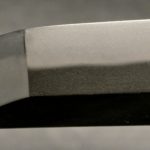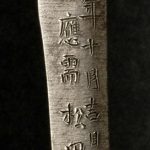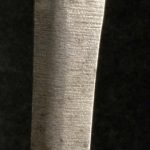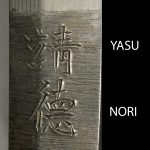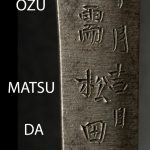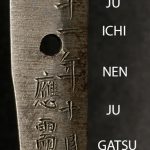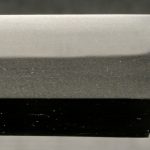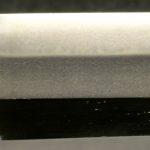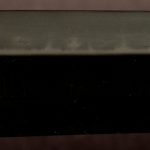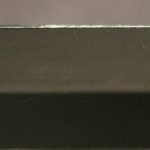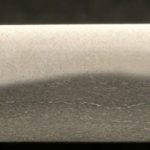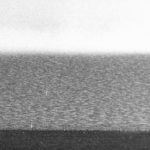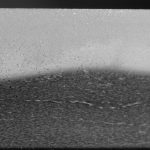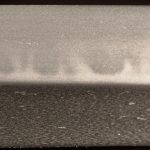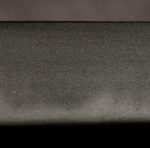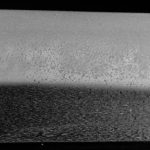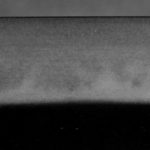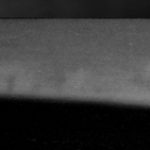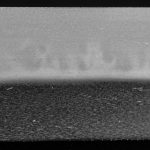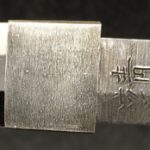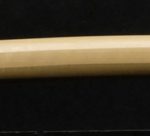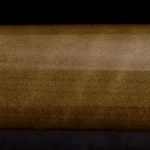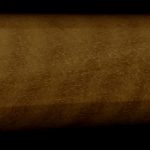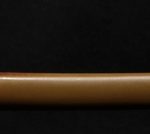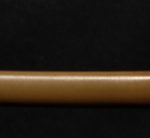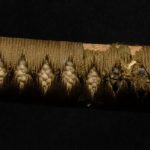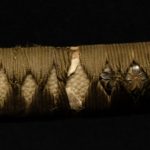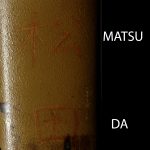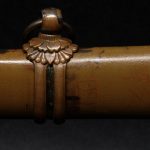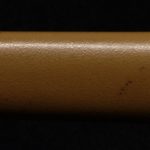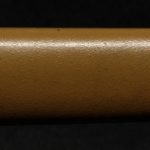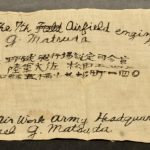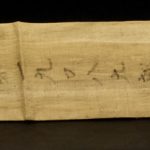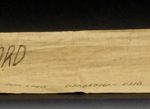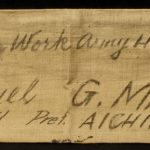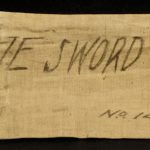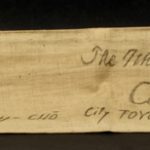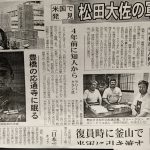YASUKUNI YASUNORI / YASUKUNI SHRINE SWORD
YASUNORI, KAJIYAMA
YASUKUNI-TO (YASUKUNI SHRINE SMITH)
RATED 1.5 MILLION YEN
MADE HIGH TO SUPERIOR GRADE GENDAITO
MEI: YASUNORI
OZU MATSUDA SHI (Made for Mr. Matsuda)
DATE: SHOWA JU ICHI NEN JU GATSU KICHI JITSU (1936)
NAGASA: 66.675cm (26.25″)
OVERALL: 84.455cm (33.25″)
MIHABA: 2.857cm (1.125″)
KASANE: 0.63cm (0.25″)
SORI: 2.064cm (0.8125″)
NAKAGO: UBU KIJIMONO GATA
MEKUGI ANA: ONE
YASURIME: KIRI
MUNE: IORI
HADA: KO-ITAME
HAMON: CHOJI GUNOME WITH PROFUSE ASHI
BOSHI: KO-MARU
HORIMONO OMOTE: NONE
HORIMONO URA: NONE
HABAKI: ONE PIECE SILVER
SHIRASAYA / GUNTO KOSHIRAE (with tsunagi)
Up for grabs is a military collectors dream, an impeccable Yasukuni sword with impeccable provenance. This is undoubtedly the best Yasukuni-To I have had in my possession to date, and the most expensive. I seriously doubt you will find one in better condition or with such impeccable provenance.
This sword was found and restored by the late Larry Klahn of Wisconsin. There is a Japanese newspaper article (see photos) which discusses the sword and its original owner Colonel G. Matsuda, of the 7th Airfield Engineers, Japan. In the article you will see a photo of Larry, Chris Bowen and Sugiura Masayoshi. On the left, top photo is Col. Matsuda’s grave and below Col. Matsuda himself.
The sword was taken to Japan by Suigura Masayoshi and restored while there. Restoration included polish, shirasaya and habaki. The polish is immaculate and the shirasaya was made from high grade “tiger stripe” hinoki. I rarely emphasize shirasaya or provide more than one photo, but this one is so nice I was compelled to show a couple of close ups of it.
There is an abundance of activity seen in the blade. The hada is ko-itame with chikei. The Hamon is nioi deki, choji gunome with profuse ashi, areas of ara nie, etc.
The uba Nakago is in the Kijimono or pheasant leg style which is not commonly seen in gendaito. It is inscribed as a custom order for Col. G. Matsuda and dated 1936.
This stunning sword is pristine, remains ububa and is absolutely flawless.
The gunto koshirae is a Type 94. It has “Matsuda” scratched onto the surface (see photo). The koshirae is in overall very good condition. There are no dents, but there is slight rubbing of paint on the saya and ashi. The tsuka is a little tattered, but not falling apart. The tsuka could be rewrapped, but no worse than it is, I find it part of the history and provenance. That decision will be left to the new owner. Koshirae is held together by a professionally made tsunagi.
Yasunori was the mei he used for swords made at the Yasukuni shrine forge. Swords made outside the shrine were signed Takenori. (For more details see Sesko’s entry below).
Yasunori can be referenced In the Toko Taikan: TK-701, Hawley’s: YAS-1044 & 1043, TAK-258, UJI-85, NMK-1087, Nihonto Meikan: NMK-524, NMK-58, Sesko’s Sworksmiths A-Z pg 1267.
The sword comes with the original linen sword bag and surrender tag. The sword bag is inscribed in both Japanese and English (see photos).
From Sesko’s SWORDSMITHS-AZ:
YASUNORI (靖徳), Shōwa (昭和, 1926-1989), Tōkyō – “Kajiyama Yasunori kinsaku”
(梶山靖徳謹作), “Yasunori” (靖徳), “Yasunori kinsaku” (靖徳謹作), “Takenori” (武徳),
“Daitō ́a-mamori Masamune” (大東亜守正宗, “Masa-mune, for the protection of Greater East
Asia”), real name Kajiyama Tokutarō (梶山徳太郎), born February 16th 1881 in Nigata (仁方)
in Hiroshima Prefecture, other sources say he was born on April 2nd 1907 but this is disproved
by an extant blade dated 1938 and signed with “made at the age of 58,” he was the son of
Kajiyama Tomohira (梶山友平) and signed in early years like his father with the name Ujimasa
(氏正), he also studied under the Osafune smith Yokoyama Sukeyoshi (横山祐義), on July 8th
1933 he entered the Yasukuni forge and became the smith name Yasunori from the minister of
war Araki Sadao (荒木貞夫, 1877-1966), later he became the managing director of the forge, in
1934 he had the honour to for a guntō for the emperor, on September 13th 1934 he received the smith name Takenori (武徳) from general Nara Takeji (奈良武次, 1868-1962), from that time onwards he signed all blades made for the Yasukuni forge with Yasunori and all other privately made blades with Takenori, he retired in June 1940 and returned to Hiroshima, from November 20th 1943 onwards he signed his blades with “Daitō ́a-mamori Masamune” (大東亜守正宗) or just with “Masamune” (正宗), records show us that he made about 1,250 blades for the Yasukuni forge, his speciality was an excellently hardened suguha, he died on January 8th 1954, other sources say it was 1967, kihin-jōi (Akihide), Special Honor Seat at the 6th Shinsaku Nihontō Denrankai (新作日本刀展覧会, 1941).
NLA
